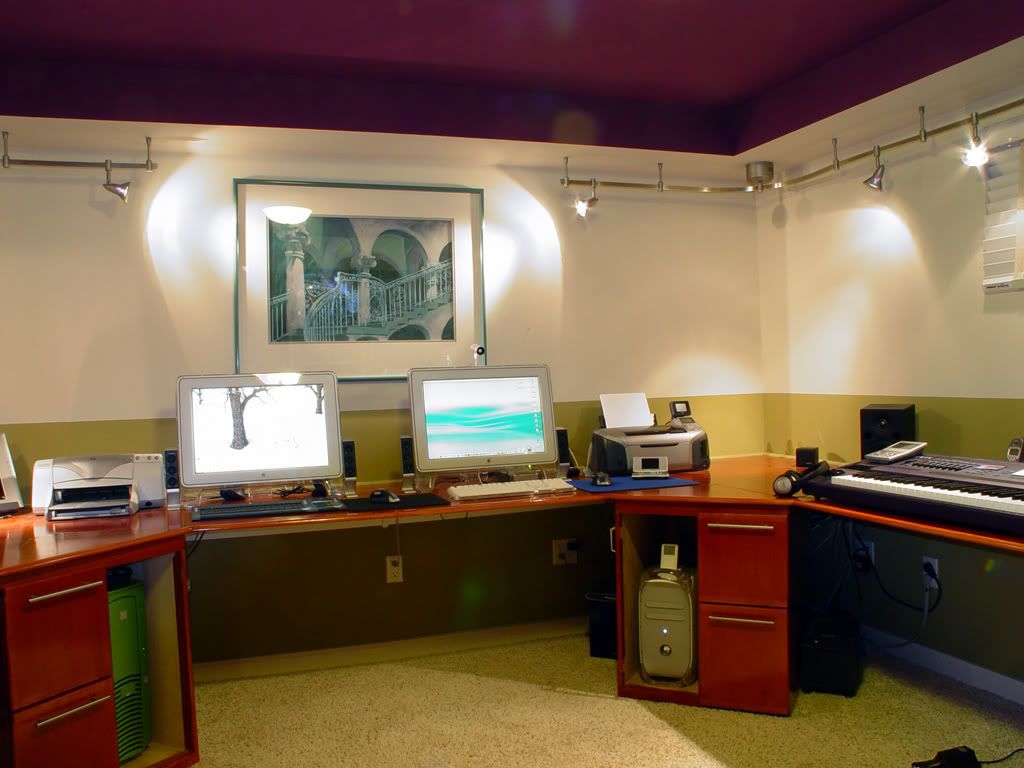The purpose of sustainable
design is to eliminate negative impact on the environment through sensitive, skillful
design. Sustainable design has minimal impact on the environment, requires no non-renewable resources, and relates people with nature. Sustainable design requires forethought in site selection, home building plans, material selection, and project implementation. Some of the considerations to be taken into account include choosing non-toxic materials which are sustainably produced or recycled, and require minimal energy to process; using materials which are longer lasting and of higher durability, to reduce the impact of producing replacements; designing for reuse and recycling; and designing systems on biological lines, to enable the reuse of materials in continuous closed cycles. The basic idea is to create healthy homes, which are not harmful to the occupants or the larger environment.

Sustainable standards of new home plans design are being developed by a large number of private and governmental organizations, and there is a growing body of new methods emerging from the rapid rise of sustainability science. Sustainable technology means using less energy and fewer limited resources, not depleting natural resources, not polluting the environment either directly or indirectly, and designing for reuse and recycling at the end of useful life. Sustainable architecture tries to reduce the environmental impact of manufacturing and transporting building components both during the process of construction and also during the life of the building. Sustainable design aims for efficiency in heating and cooling such as ground source heat pumps; using alternative energy sources such as appropriate home siting and solar technology to heat water and generate electricity; recycling building materials and using local materials where possible; harvesting rainwater for washing and gardening; and on-site waste management. Waste management is as much a matter of prevention as elimination, and sustainable waste management involves using products which are non-toxic and minimize waste to begin with; can be composted or digested anaerobically; can be reused on site, or recycled off site.
Sustainable new house plans design technology is based upon using renewable energy sources such as geothermal energy, solar, hydro, wind and bioenergy. Wind energy, captured through wind turbines, is the fastest growing energy source in the world: used for centuries in Europe, it is now gaining popularity in America. Solar energy can be harnessed through the use of photovoltaics to generate electricity, and by using passive solar hot water heaters to bathe and to heat homes. The basic test for sustainable design is whether it can function unplugged - without using fossil fuel. This means eliminating pollution altogether rather than just reducing it. These goals are being realized already: in 2004 a 59-home housing community was unveiled in Freiburg, Germany which is the first community in the world in which every home produces a positive energy balance. Sustainable design also means constructing furniture and appliances of renewable and recyclable materials such as glass, steel, and aluminum; and designing them for repair and recycling.
Article Source: http://EzineArticles.com/?expert=Alice_Lane


 2:53 AM
2:53 AM
 Admin
Admin
 Posted in:
Posted in: 








